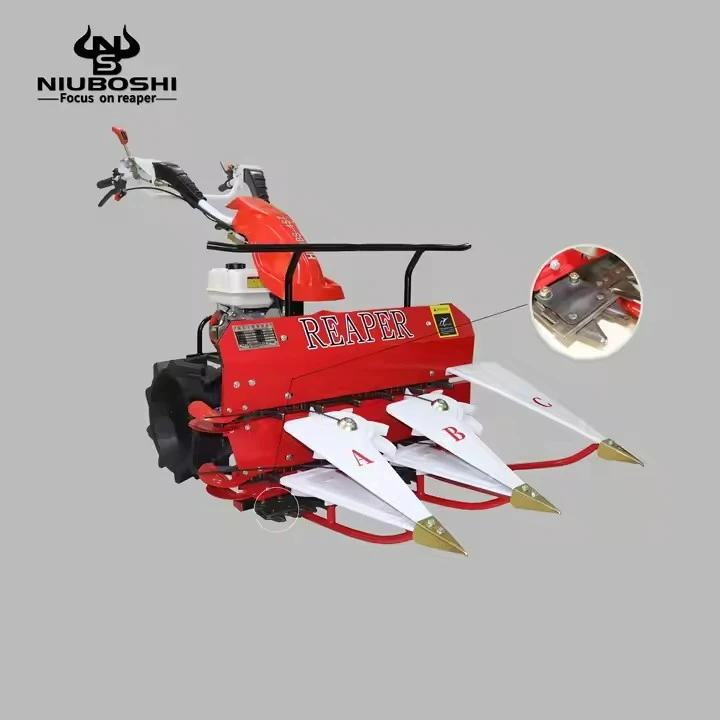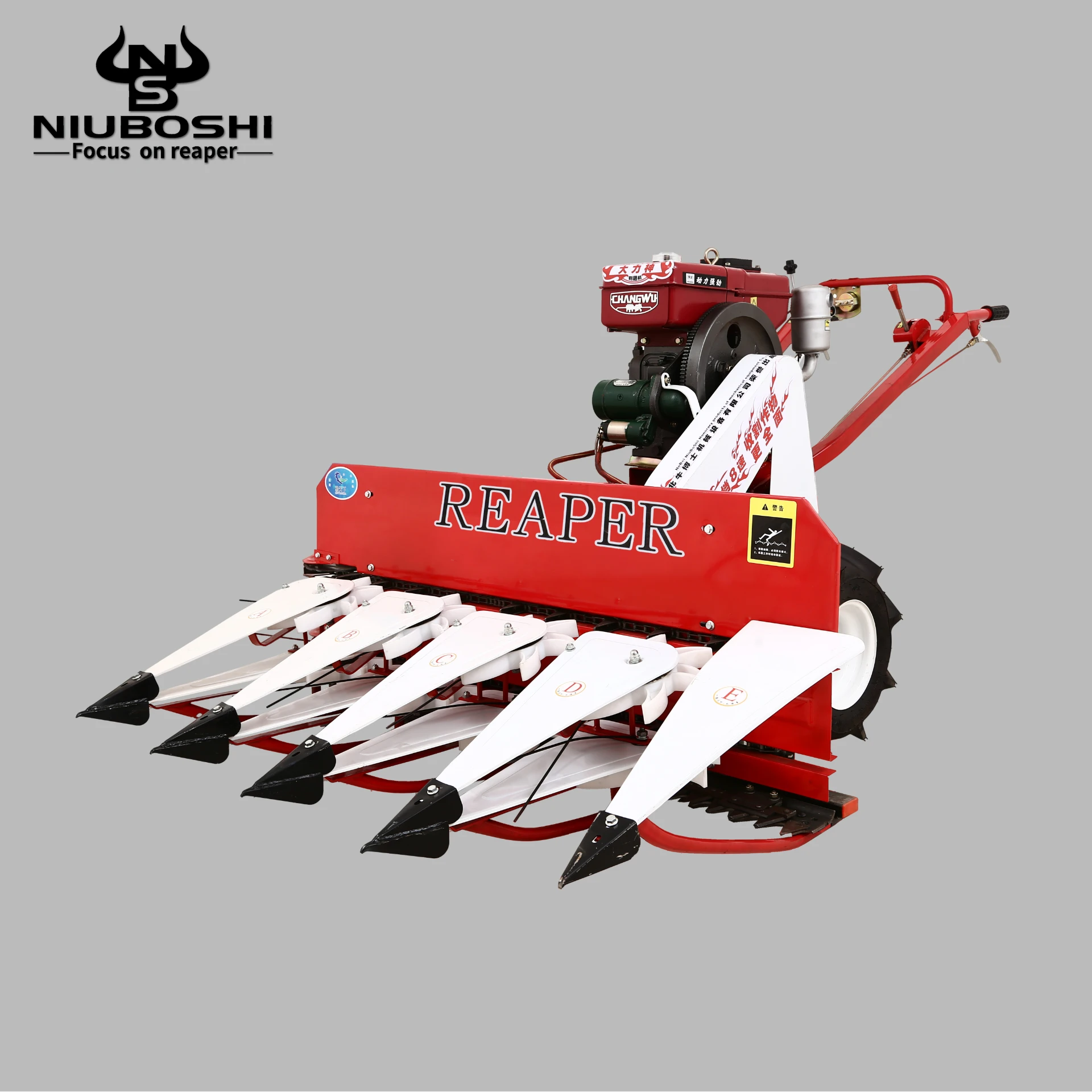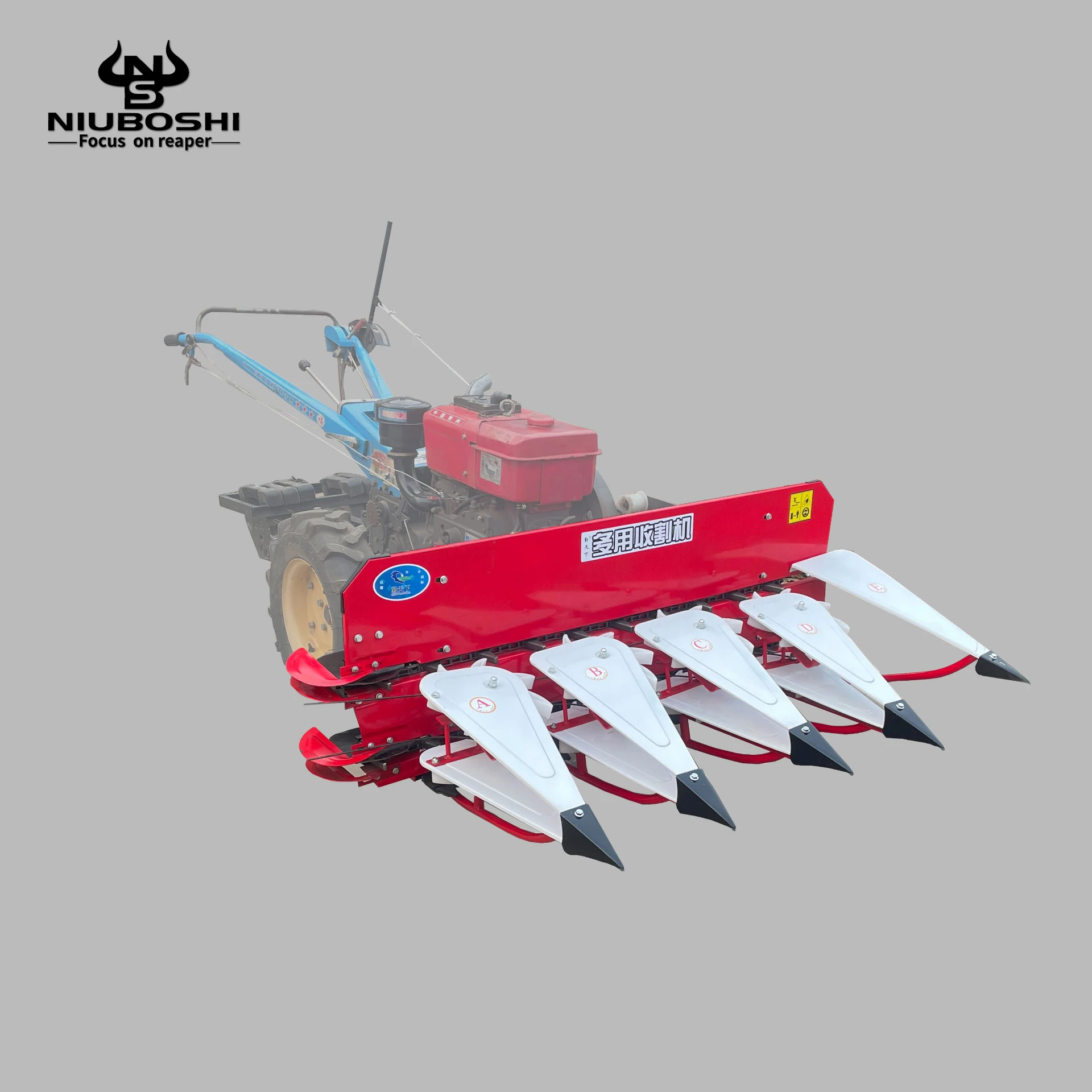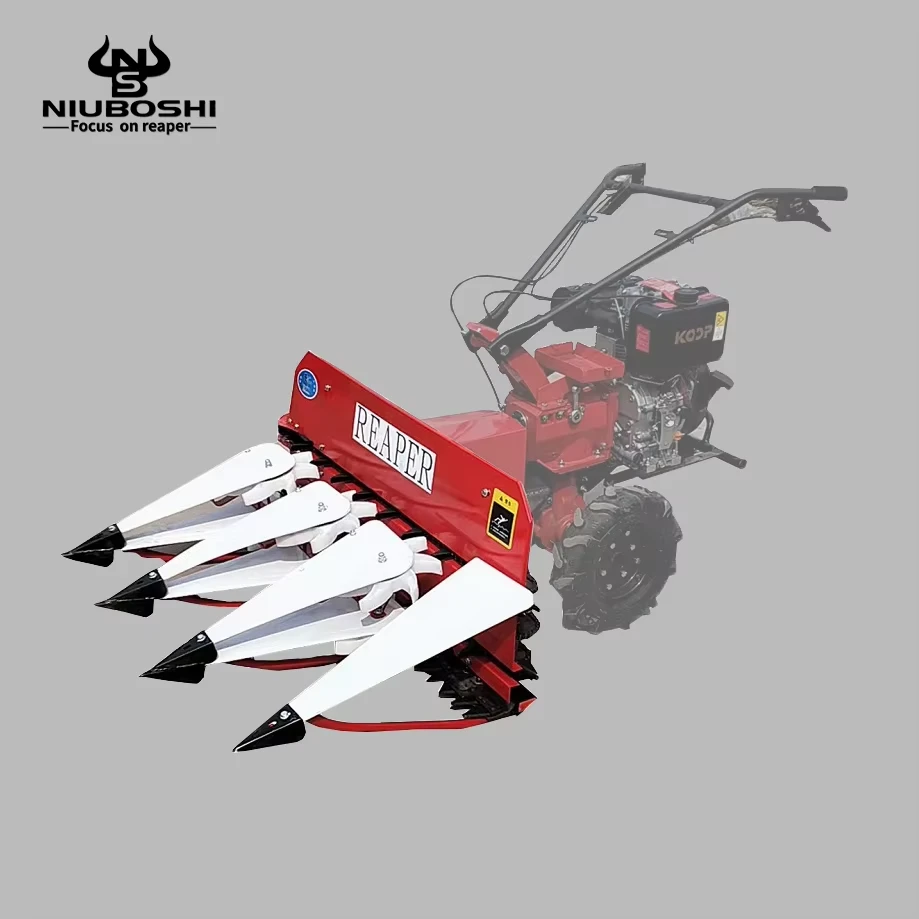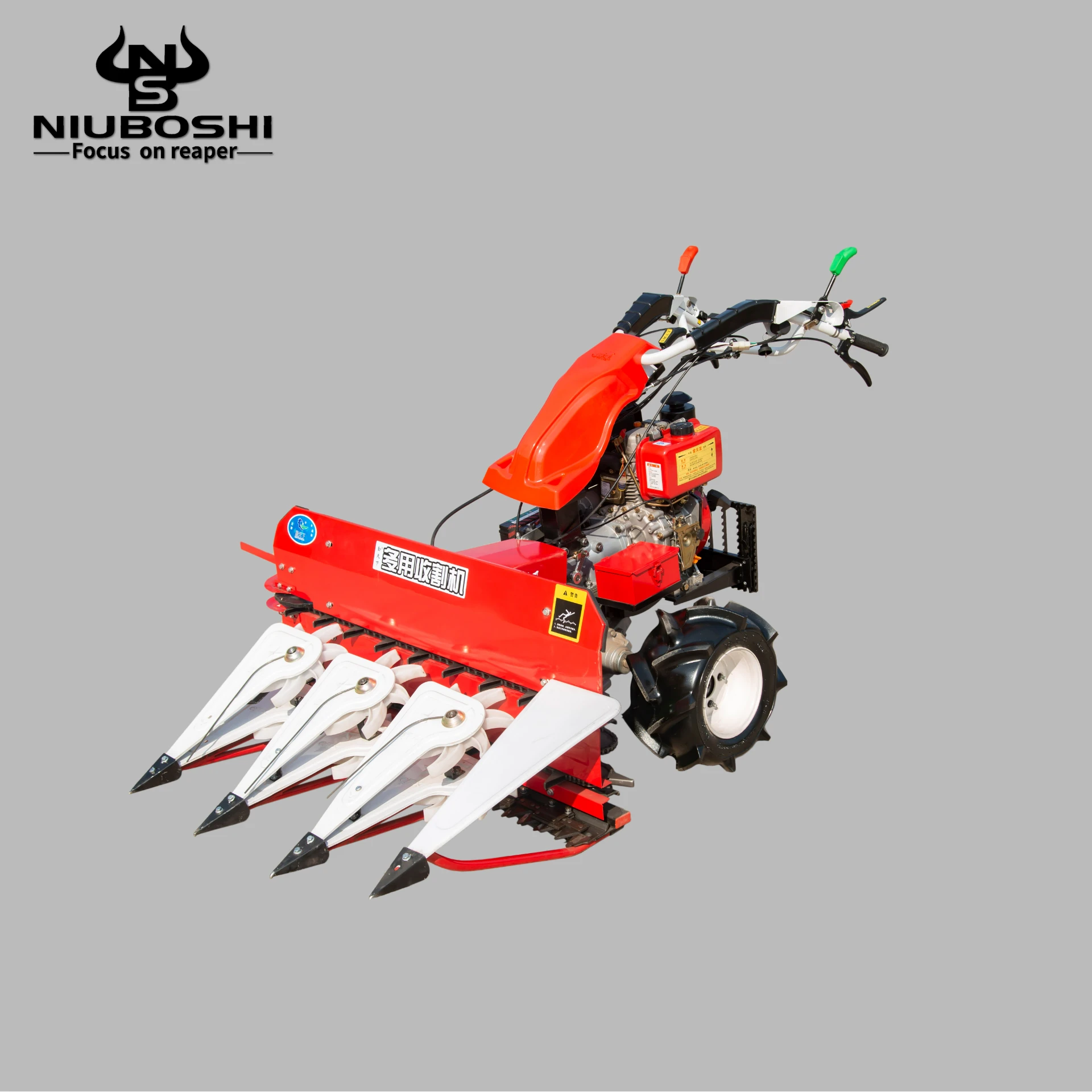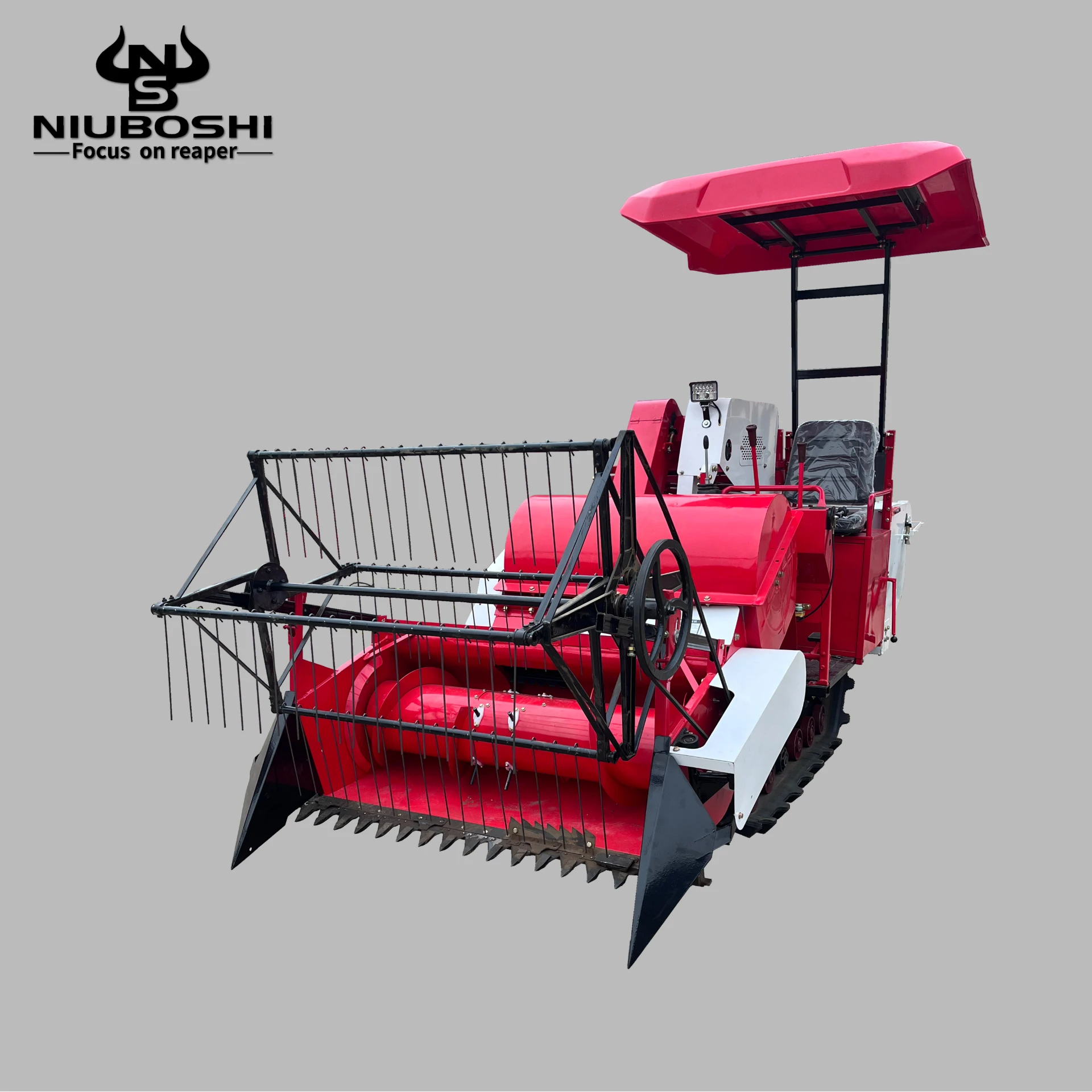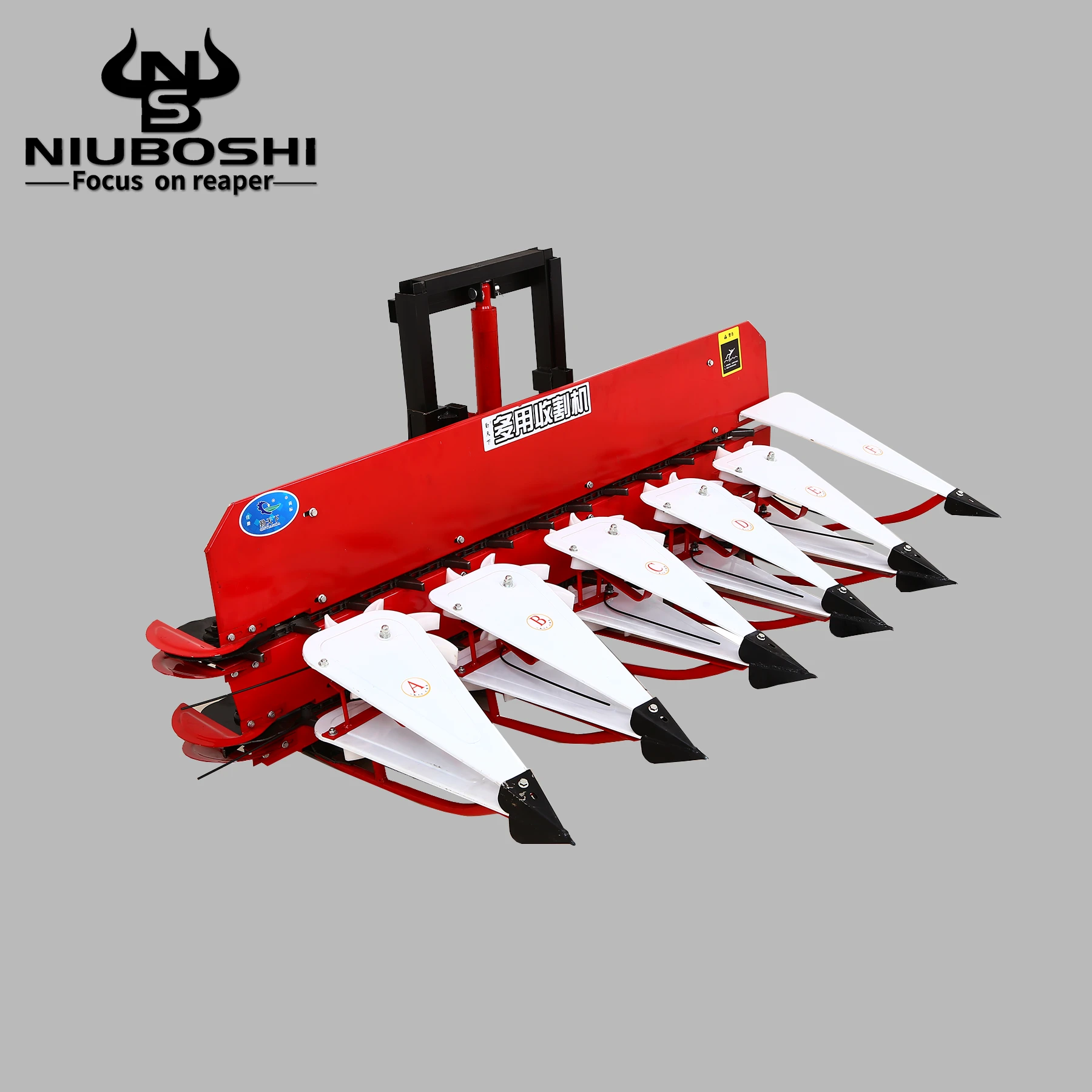
What Safety Checks Need to be Done Before Operating the Harvester
The safety inspection before operating the harvester is an important step to ensure operational safety and improve production efficiency. The following are the safety checks that need to be carried out before operating the harvester:
Overall Inspection of the Harvester
Appearance inspection: Check the appearance of the harvester for obvious damage or deformation, such as impact marks, cracks, etc.
Connecting components: Check whether the connections between each component are firm, especially the connections of key components such as transmission chains and belts.
Inspection of Harvester Transmission System and Control System
Transmission chain and belt: Ensure that the protective devices such as transmission chain and belt are complete and reliable, without any breakage, wear or looseness.
Gears and bearings: Check the lubrication of gears and bearings to ensure they are in good working condition.
Console: Check if the escalator railings, handrails, pedals, etc. on the console are securely installed without looseness or missing parts.
Control components: Check whether the steering wheel, clutch, brake and other control components are flexible and reliable, without any jamming or malfunction.
Harvester Safety Device Inspection and Electrical System Inspection of Harvester
Protective cover: Ensure that the protective covers of all rotating components are intact and undamaged, effectively preventing personnel from coming into contact with hazardous areas.
Warning signs: Check if there are safety warning signs on the harvester to remind operators to pay attention to safety.
Lighting equipment: Check whether the lighting equipment of the harvester is complete and intact, including headlights, taillights, turn signals, etc.
Wires and plugs: Check if the wires are worn, aged, or exposed, and if the plugs are securely plugged in without looseness.
Inspection of Harvester Engine Hydraulic System and Harvester Trial Operation
Engine: Check if the engine oil, coolant, and other fluid levels are normal, and if there are any abnormal noises or smoking from the engine.
Hydraulic system: Check whether the oil level in the hydraulic oil tank is normal, whether there is any leakage in the hydraulic pipeline, and whether the hydraulic cylinder is working properly.
Empty load test run: Conduct an empty load test run before formal operation to check whether the various components of the harvester are running smoothly, and whether there are any abnormal sounds or vibrations.
Check the braking and steering: Pay special attention to checking the performance of the braking system and steering system during the trial operation.
Other Precautions for Harvester Operation
Wear protective equipment: Operators should wear appropriate protective equipment such as gloves, masks, glasses, hats, etc.
Familiarize oneself with the operating manual: Carefully read and familiarize oneself with the harvester's operating manual and safety operating procedures before operation.
Check the surrounding environment: Before starting work, inspect the surrounding environment to ensure that there are no obstacles or hazards that may affect work safety.
As an well-known agricultural machinery company ,we have many kinds of reaper .Such as corn forage harvester ,fodder beet harvester ,paddy reaper machine and forage harvester .These are agriculture reaper machine .We also have self propelled hay cutter and self propelled vertical conveyor reaper and power reaper machine . The reaper price in our are reasonable . If you are interesting in our product welcome to contact us !
Latest news
-
Mini Combine Harvester for Paddy – Compact, Efficient Rice Harvesting SolutionsNewsNov.24,2025
-
Mini Chain Harvester: Compact Forestry Solutions for Sustainable LoggingNewsNov.23,2025
-
Kartar Mini Harvester – Compact, Efficient Harvesting Machinery for Small FarmsNewsNov.23,2025
-
Compact Power: Elevate Your Farming with Harvesting Machine SmallNewsNov.22,2025
-
Discover the Power and Potential of Harvester Mini Combine Machines | Efficient Small-Scale HarvestingNewsNov.22,2025
-
Compact Harvester Machines: Small-Scale Agriculture’s Big AdvantageNewsNov.21,2025
